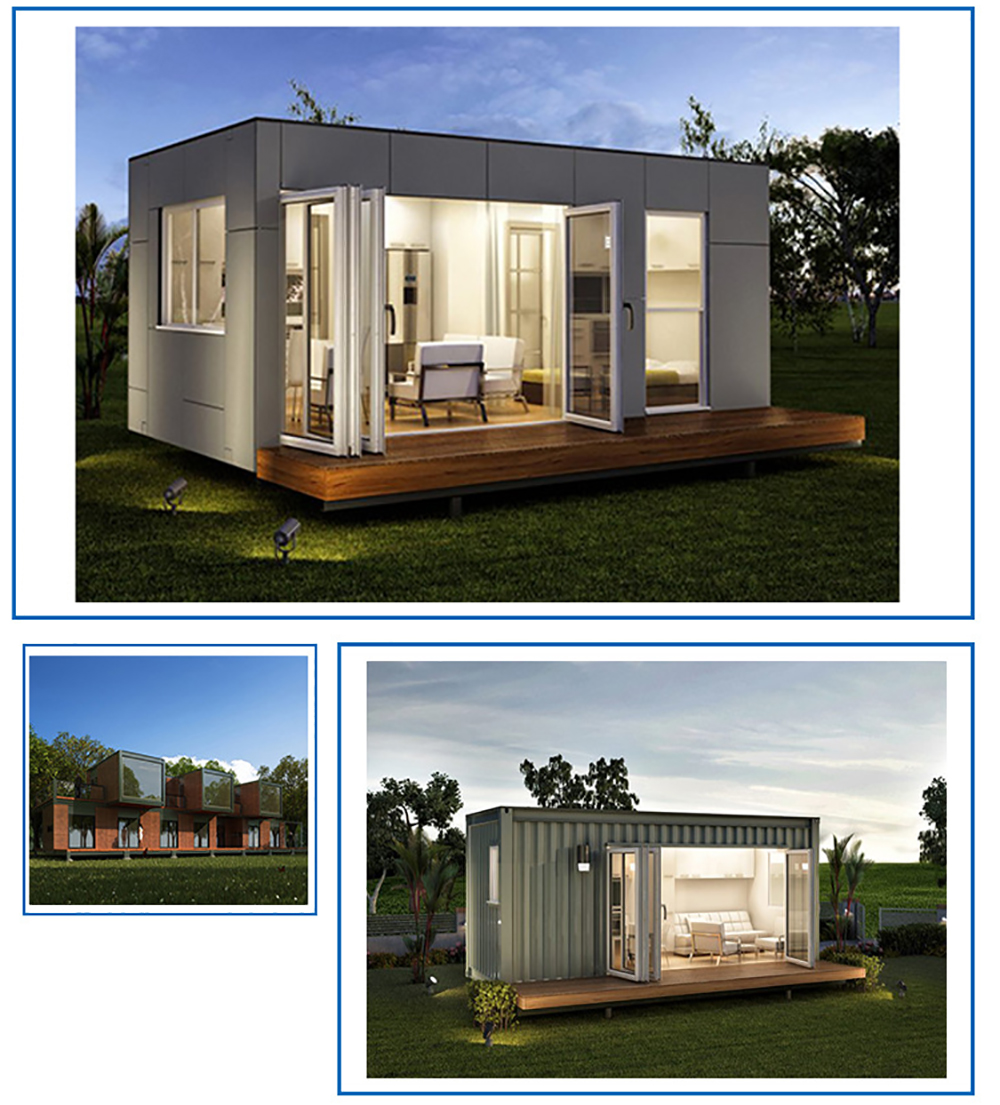Such Beautiful Villas and Creative Hotels, All Made from Shipping Containers

Shipping containers can be transformed into villas, creative parks, and hotels. They’re also used for temporary showrooms and sales offices in real estate projects. With their green, eco-friendly nature, flexibility, and versatility in design, these steel boxes can create fashionable and practical spaces. Whether for individuals, families, or communities, containers can meet various needs.
Let’s take a look at some of the most innovative container spaces.
Container Home Concept Vehicle
In recent years, an increasing number of container showrooms have appeared in real estate projects in major cities. These are more than just marketing gimmicks. When construction hasn’t started or conditions are lacking, these containers allow developers to quickly create pre-sales spaces without damaging the ground.
In fact, some developers are experimenting with using containers for actual living spaces, crafting new living concepts. For example, this G-Box housing concept vehicle uses four containers to create a 72-square-meter home.
- The flexible nature of containers is used to create a mobile "vehicle" concept.
- The design features a minimalist style popular with young people, meeting residential, office, and entertainment needs.
- Advanced technology is integrated, such as hydraulically operated exterior walls that can be opened via remote control.
- Features include a retractable, adjustable living room, an openable floor for a grand atrium or extra space, automated partitions, and various transformable furniture pieces.
- Temperature control and comfort issues are solved by embedding wiring within the corrugated walls and using insulating materials on the exterior.
Container Hotels
We previously introduced container apartments where each unit can move independently, allowing residents to choose different living locations like building blocks. Even two or three years ago, a designer in Hong Kong created a similar concept—an ever-evolving "hive hotel."
Each container unit in the hotel can expand or contract, making the building's exterior constantly change. The design is based on Hong Kong’s limited living space and sustainable development, predicting that this type of living arrangement might become more common in the future.
These container units can be easily dismantled and assembled in any location, serving multiple functions, from emergency housing to temporary office spaces.
Containers as Interior Design Elements
Beyond living spaces, containers can also make a bold statement in large office designs.
- Different sizes of containers are arranged within the space.
- The design is inspired by block-stacking games.
In conclusion, container transformations are not just about space or land usage—they are an exploration of future living spaces and lifestyles.






































